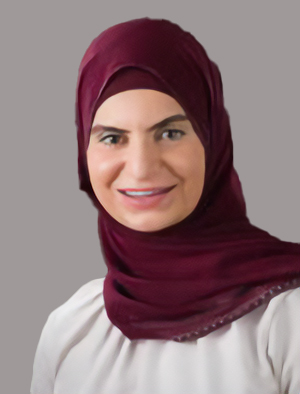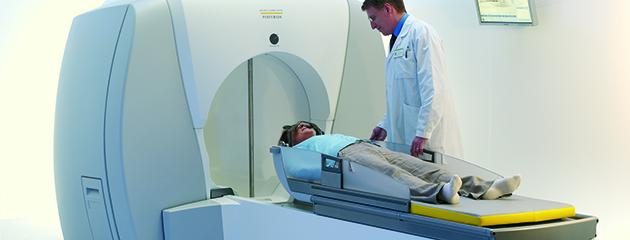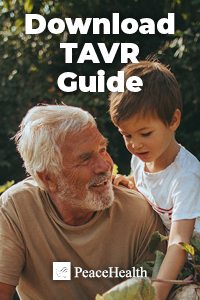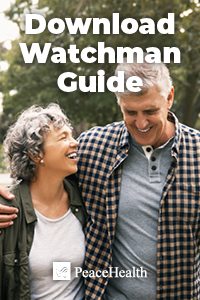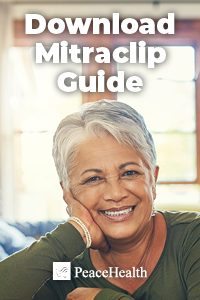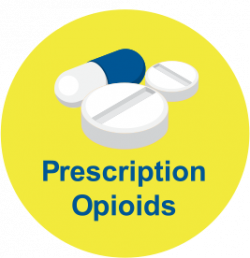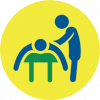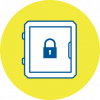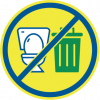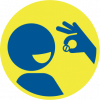Hospice
Hospice
Find Peace at Home
Sometimes, home is the best place to be, especially when confronting a terminal illness. Receiving hospice care where you live aids comfort and eases your burdens of transitioning toward end-of-life. Home is the fitting place for you and your loved ones to celebrate each remaining day.
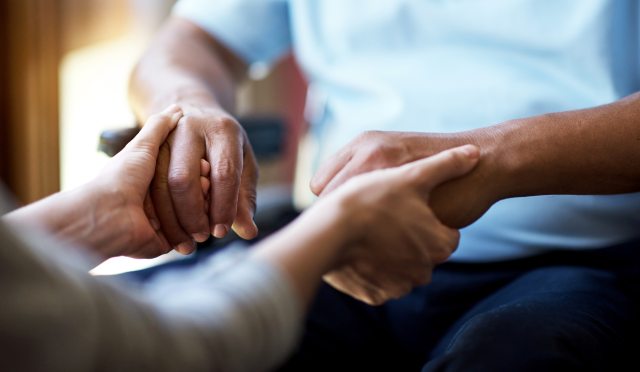
Download our info sheet to learn more about the proven benefits of Hospice.
Why PeaceHealth?
“Our experience and care from hospice … was wonderful. Your whole team brought so much happiness to him! He loved each and every person that came to take care of him - Thank you!”
– anonymous family member of PeaceHealth Hospice patient
Experience
Our Hospice services are built on the foundation of PeaceHealth’s decades of experience providing in-home services to patients in the Pacific Northwest. Rest assured, PeaceHealth has the know-how and proven ability to bring together the tools, resources, caregivers, and commitment necessary to deliver the highest-quality care to our patients.
Complete Coordinated Care
In addition to the medical, emotional and spiritual support our compassionate hospice caregivers routinely provide to patients, additional layers of care and support can be conveniently coordinated within our own department:
- PeaceHealth Home Infusion: helps patients to manage and administer prescribed IV medications, when required, at home so that infusions can conveniently happen on the patients or family’s schedule.
- PeaceHealth Palliative Care: relieves the symptoms and stress that commonly accompany the end-of-life process, and empowers you to plan and have control of your care in the event you’re unable to make decisions for yourself due to your state of health.
Services
- Care for those in last six months of life
- Pain and symptom management, including medications
- Physical, emotional, and spiritual support
- Equipment needed for comfort
- Grief and bereavement support
Who can benefit from these services?
These services are valuable for patients who have a terminal illness and a physician-certified life expectancy of six months or less. Patients who meet these criteria can be referred by anyone and cared for in any suitable residential facility, including their own home, assisted and senior living or skilled nursing facility. Patients may also choose to reside at a PeaceHealth-affiliated hospice house (available in select communities) to receive this care. Our team will work with community providers to verify the patient’s eligibility and to coordinate care.
Our Hospice Locations
Alaska
*Coming soonKetchikan
Washington
Bellingham
360-995-1172
Ray Hickey Hospice House
Vancouver
360-309-0980
Southwest Hospice
Vancouver
Longview







